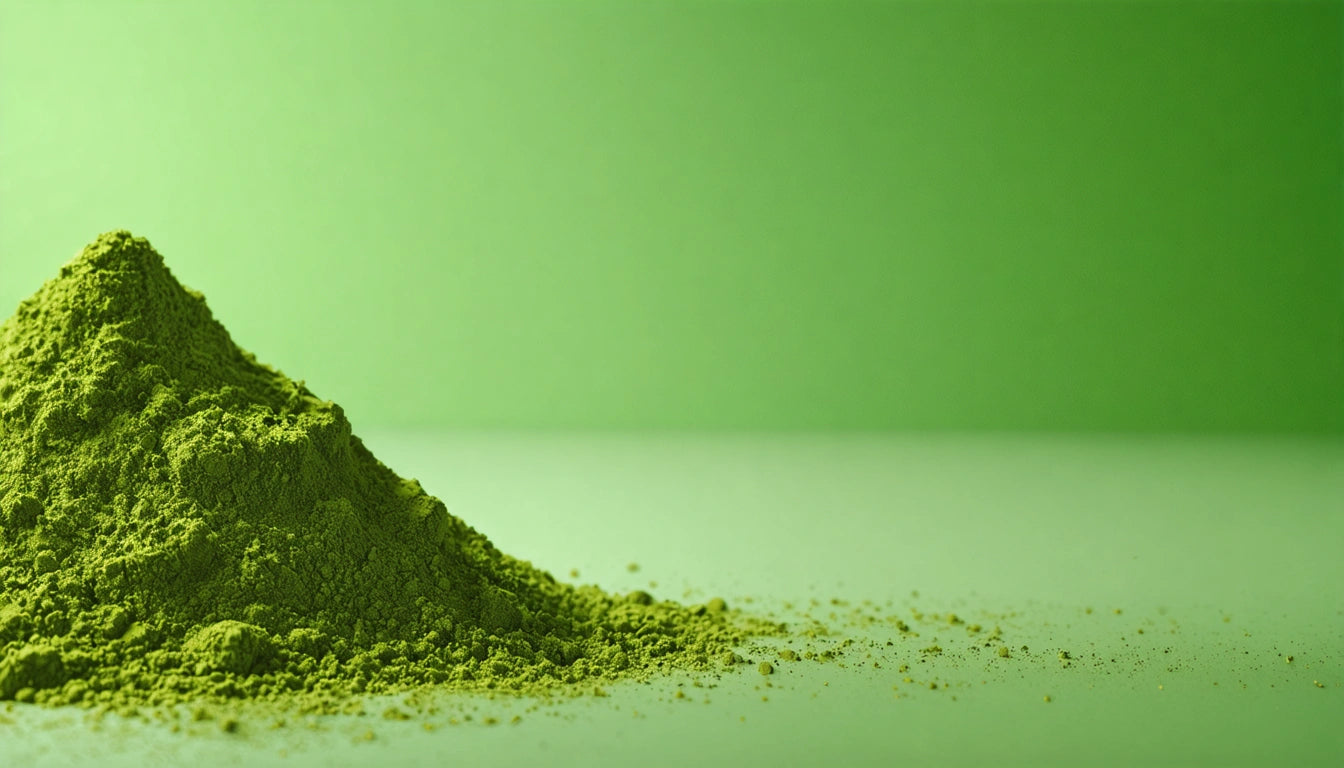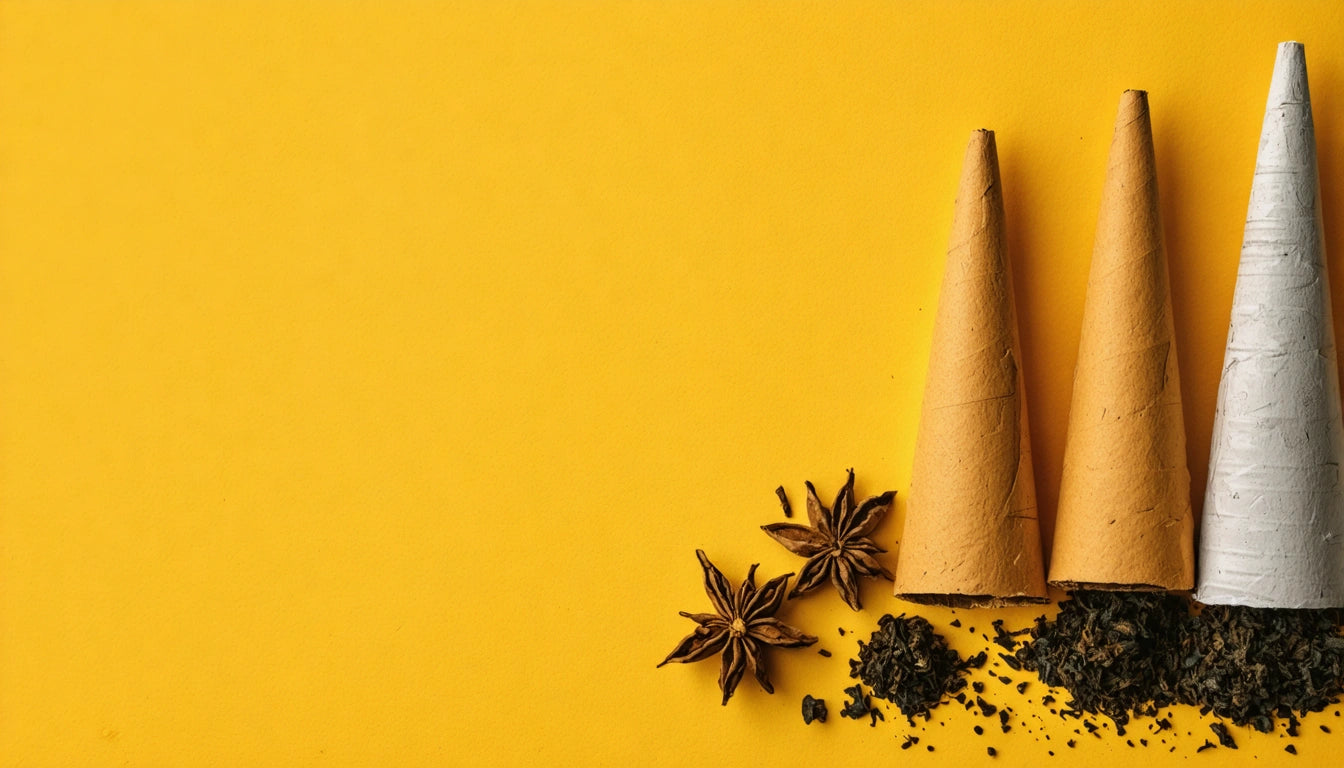Table of Contents
Understanding Kief: Appearance, Measurement, and THC Content
Kief represents one of the most concentrated forms of cannabis available without complex extraction processes. This powdery substance consists of the resin glands (trichomes) that contain much of the plant's cannabinoids and terpenes. For both consumers and processors, understanding kief's appearance, measurement methods, and potency is essential for proper dosing and usage.
Visual Identification of Kief
For those wondering what does a gram of kief look like, it appears as a fine, powdery substance with a light tan to golden color, sometimes with slight green tints depending on purity. Under magnification, high-quality kief resembles tiny crystalline structures.
Visual Characteristics
What does 1 gram of kief look like in terms of volume? A gram of kief typically forms a small pile about the size of a quarter in diameter when loosely gathered, though this varies based on density and moisture content. Pure kief has a sand-like consistency and a distinctive sparkle from its trichome content.
The color serves as a quality indicator: lighter, more golden kief generally contains fewer plant materials and higher concentrations of trichome heads, while greener kief often contains more plant matter and potentially lower potency.
Weight and Volume Measurements
Understanding how to measure kief by both weight and volume helps with consistent dosing and preparation.
Weight to Volume Conversion
For those wondering how much is an ounce of kief in tsp, an ounce (28 grams) of kief typically equals approximately 5-6 teaspoons, though this varies based on how tightly it's packed. A single gram usually equals about 1/5 to 1/4 teaspoon when loosely filled.
When measuring how much is a gram of kief for cooking or consumption, precision scales are recommended over volume measurements due to density variations. Digital scales with 0.01g precision provide the most accurate measurements for smaller amounts.
THC Content in Kief
One of the most common questions consumers ask is how much THC is in kief compared to regular cannabis flower.
Potency Factors
Kief typically contains between 50-60% THC, though premium extractions can reach higher levels. This makes it significantly more potent than flower, which averages 15-25% THC. This concentration explains why small amounts produce strong effects.
The question of how much THC in kief depends on several factors:
- Source strain potency
- Collection method
- Purity level (amount of plant matter vs. trichomes)
- Storage conditions and age
As explained in this comprehensive guide on kief production, the extraction method significantly impacts final potency, with multi-screen sifting producing higher concentrations than single-screen methods.
Collection and Storage Methods
Proper collection and storage preserve kief's potency and prevent degradation over time.
Collection Techniques
Common collection methods include:
- Three-chamber grinders with kief catchers
- Dry sift screens of various micron sizes
- Mechanical extraction devices
For storage, airtight containers kept in cool, dark places preserve terpenes and cannabinoids. Many producers use specialized mylar storage bags with proper sealing mechanisms to maintain freshness and prevent moisture contamination, especially for larger quantities.
When considering how much is kief a gram in terms of value, prices typically range from $20-60 per gram depending on quality, region, and purity. This premium reflects its concentrated nature and labor-intensive collection process.
Practical Applications and Usage
Kief's versatility makes it valuable for multiple consumption methods, each requiring different measurement approaches.
Consumption Methods
Popular uses include:
- Sprinkling on flower to increase potency ("crowning" a bowl)
- Pressing into hash (as detailed in this step-by-step guide)
- Incorporating into edibles for potent infusions
- Creating moonrocks by coating buds with oil then kief
For cooking applications, understanding that a gram typically equals about 1/4 teaspoon helps with recipe conversion. When incorporating kief into edibles, decarboxylation is essential to activate THC.
For those new to kief consumption, starting with small amounts (pinhead-sized portions) is recommended due to its high potency. A single gram can enhance dozens of smoking sessions when used as a topper.
Future Developments in Kief Utilization
As cannabis processing technology advances, we're seeing new applications for kief in commercial products. Manufacturers are developing standardized kief grades based on micron size and purity, similar to hash rating systems. These standards help consumers better understand what they're purchasing and how to dose appropriately.
The market is also witnessing the emergence of specialized tools for home kief collection that improve upon traditional grinders, allowing enthusiasts to produce higher-quality extractions. As research into kief's potential continues, we can expect more precise information about cannabinoid and terpene preservation in various collection methods.
Understanding kief's appearance, measurement, and potency empowers consumers to make informed decisions about consumption and helps processors develop consistent, high-quality products.











Leave a comment
All comments are moderated before being published.
This site is protected by hCaptcha and the hCaptcha Privacy Policy and Terms of Service apply.